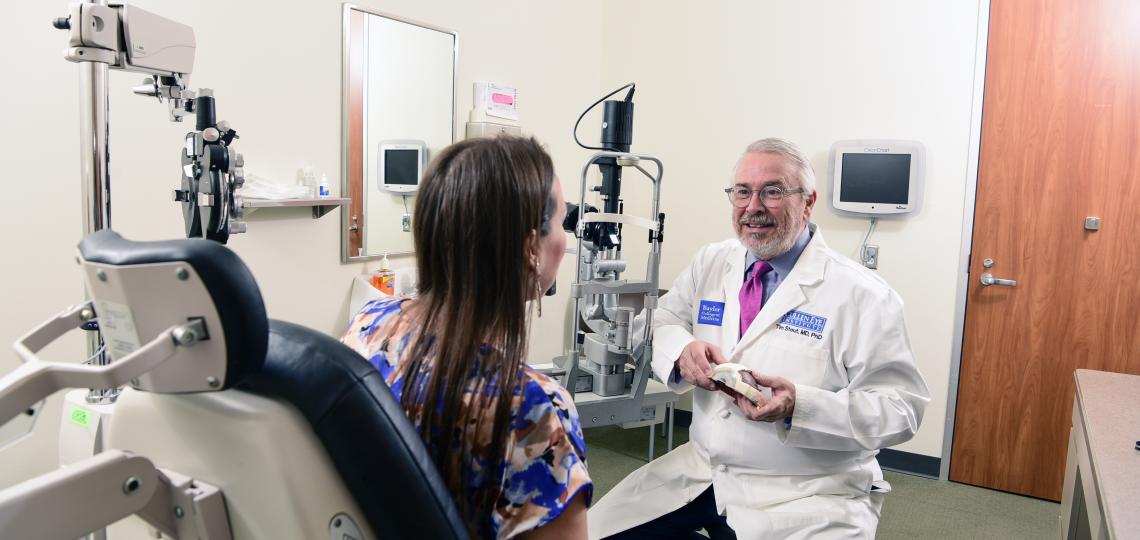The Advantages And Disadvantages of Various Refractive Surgeries for Improved Eyecare

LASIK Surgery
LASIK surgical treatment is a frequently done refractive treatment that aims to fix vision problems such as astigmatism, farsightedness, and nearsightedness. Throughout the treatment, a slim flap is developed on the cornea, and a laser is used to improve the underlying cells, correcting the refractive error.
One of the key advantages of LASIK surgical procedure is the rapid enhancement in vision experienced by several individuals. Most individuals observe a substantial enhancement in their eyesight shortly after the treatment, with marginal downtime needed for healing. Furthermore, LASIK is known for its high success price and reduced incidence of complications when carried out by competent specialists. Like any type of medical procedure, LASIK likewise carries some threats, consisting of dry eyes, glow, halos, and under or overcorrection of vision. It is essential for people thinking about LASIK surgery to undergo a comprehensive evaluation by an eye care specialist to figure out if they appropriate prospects for the treatment.
PRK Procedure
The PRK treatment, also recognized as Photorefractive Keratectomy, is a kind of refractive surgical treatment that intends to correct vision issues comparable to LASIK surgical procedure. Unlike LASIK, which involves producing a flap in the cornea, PRK services the surface area layer of the cornea. During the PRK treatment, the external layer of the cornea, called the epithelium, is eliminated to allow reshaping of the underlying corneal tissue with an excimer laser. This improving aids to correct refractive errors such as astigmatism, nearsightedness, and farsightedness.
One of the advantages of PRK over LASIK is that it gets rid of the risk of flap-related difficulties since no flap is created during the surgical procedure. Despite the longer recovery duration, PRK can be an appropriate choice for people looking for vision correction surgical procedure.
SMILE Surgical Treatment
An innovative refractive surgery technique getting appeal in the field of ophthalmology is SMILE Surgery. Little Laceration Lenticule Removal (SMILE) is a minimally invasive procedure that deals with vision by reshaping the cornea using a femtosecond laser. Unlike traditional LASIK surgery, SMILE Surgical treatment involves producing a small cut in the cornea to extract a lenticule, which causes less interruption to the corneal structure and potentially much faster healing times.
One of the key advantages of SMILE Surgical procedure is its ability to deal with nearsightedness (nearsightedness) and astigmatism with high accuracy, resulting in superb visual outcomes for clients. The minimally intrusive nature of the procedure additionally reduces the threat of complications such as completely dry eye disorder, making it a beneficial option for people seeking refractive surgical treatment.

LASEK Technique
Having actually discovered the benefits and factors to consider of SMILE Surgical treatment, one more noteworthy refractive surgical procedure technique worth analyzing is the LASEK Method. LASEK, which stands for Laser-Assisted Subepithelial Keratectomy, is a pop over to this web-site kind of laser eye surgery that intends to remedy refractive errors such as nearsightedness (nearsightedness), hyperopia (farsightedness), and astigmatism.
Unlike LASIK, LASEK does not entail creating a corneal flap. Instead, throughout a LASEK procedure, the specialist utilizes a diluted alcohol remedy to loosen the slim external layer of the cornea, known as the epithelium.
Among the primary advantages of LASEK is that it can be ideal for people with slim corneas that may not be good prospects for LASIK. Furthermore, LASEK usually causes marginal post-operative discomfort and a quicker recovery time compared to PRK. Nonetheless, the visual visit this website healing procedure with LASEK might be a little longer than with LASIK.
Implantable Call Lenses
Implantable Call Lenses use a long-term vision modification service for individuals looking for an alternative to typical contact lenses or glasses. These lenses, likewise called phakic intraocular lenses, are operatively placed right into the eye to remedy refractive mistakes such as myopia (nearsightedness), hyperopia (farsightedness), and astigmatism. cardiologist andalusia. Unlike conventional get in touch with lenses that rest on the surface area of the eye, implantable get in touch with lenses work within the eye itself, supplying clear vision without the need for day-to-day upkeep or elimination
Among the essential advantages of implantable contact lenses is their permanence. As soon as inserted, they can continue to be in the eye indefinitely, providing consistent and stable vision modification. Furthermore, these lenses can be an exceptional choice for individuals who are bad prospects for laser eye surgical procedure or that like a reversible check my reference vision adjustment procedure.
However, implantable contact lenses do carry some threats, consisting of the capacity for cataracts or enhanced eye stress. It is crucial for individuals considering this option to consult with an eye treatment specialist to establish if implantable call lenses are the best selection for their certain demands and eye health and wellness.
Conclusion
In final thought, each type of refractive surgical treatment has its very own advantages and drawbacks. LASIK surgical treatment is preferred for its fast recovery time, while PRK procedure might be appropriate for individuals with slim corneas.

In General, SMILE Surgical procedure presents an appealing alternative for individuals looking to boost their vision through refractive surgical procedure.